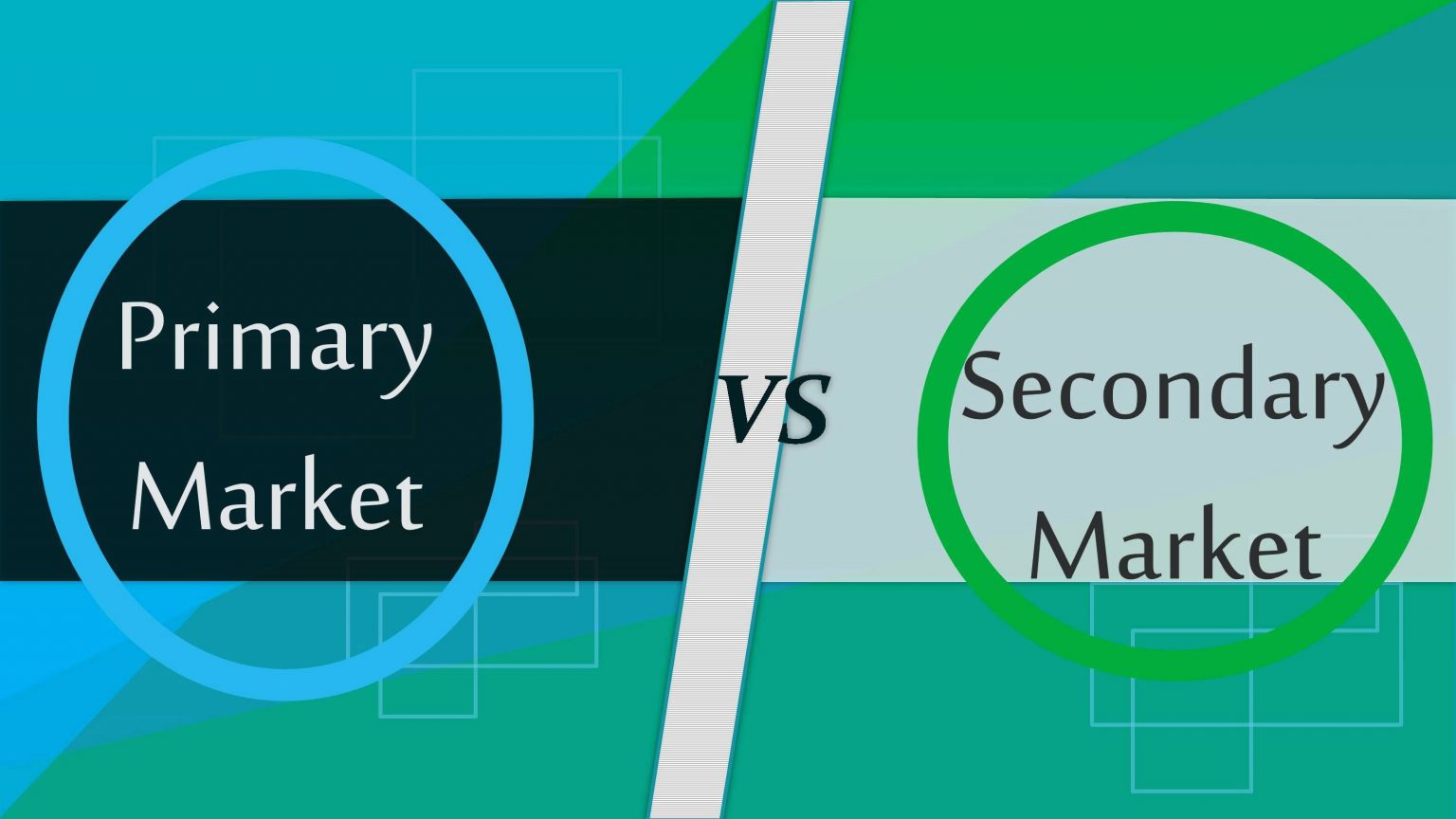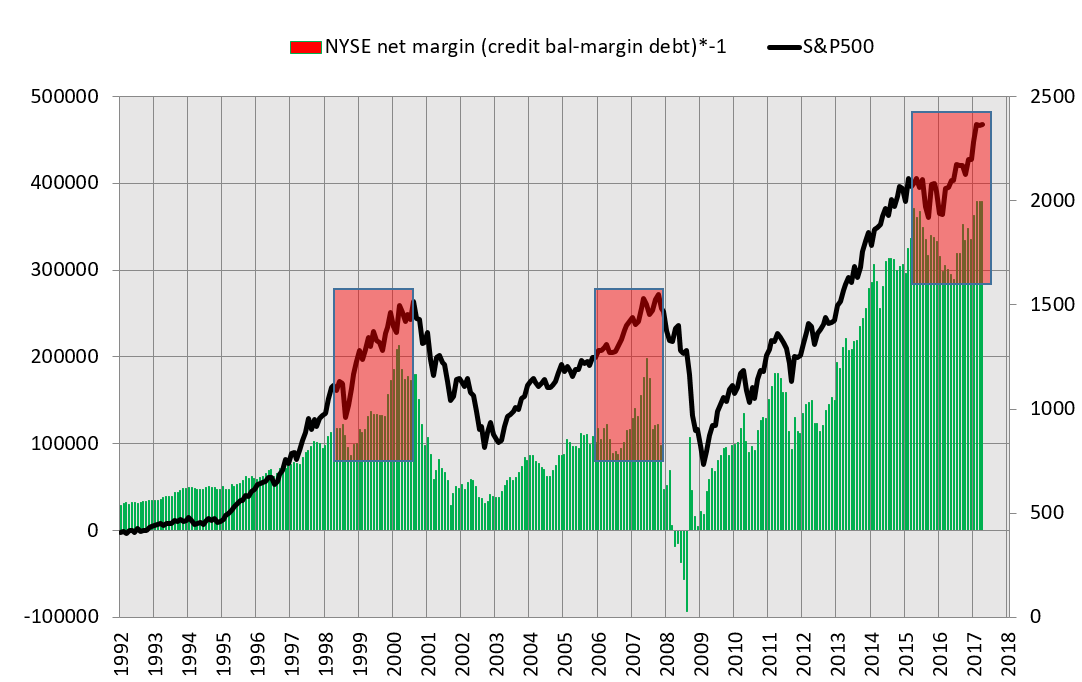Market liquidity is a crucial aspect of financial markets, impacting the ease of buying or selling assets without significantly affecting their prices. In this ultimate guide to understanding market liquidity, we delve into the definitions, measurement methods, various types, and the profound impact it has on asset prices. Furthermore, we explore strategies to enhance liquidity, along with valuable insights into investment implications. Follow along to gain a comprehensive understanding of market liquidity and its significance in the world of investing.

Understanding Market Liquidity
Market liquidity refers to the ease and speed of trading in a financial market, reflecting the ability to buy or sell assets without causing significant price changes. This fundamental aspect enhances market efficiency by facilitating smoother transactions and aiding in determining fair asset values through price discovery mechanisms.
In financial markets, liquidity plays a pivotal role in enabling efficient trading activities and ensuring accurate price determination. By providing a conducive environment for market participants to swiftly execute transactions, liquidity supports overall market stability and fosters active participation, essential for healthy market dynamics.
Various factors influence market liquidity, including trading volume, order size, and market depth. Higher trading volumes generally enhance liquidity by increasing market activity and reducing bid-ask spreads, resulting in improved price efficiency and transaction speed. Order size and market depth also impact liquidity levels, with larger orders or limited market depth potentially leading to liquidity challenges.
Low liquidity conditions pose notable challenges and risks for market participants. In such scenarios, market inefficiencies may arise, impacting price discovery mechanisms and potentially causing wide bid-ask spreads. Moreover, low liquidity can hinder trade execution, increase transaction costs, and elevate market volatility, exposing investors to liquidity risks and potential market disruptions.

Exploring Market Liquidity Measurement Techniques
Quantitative Metrics:
Quantitative metrics, like bid-ask spread, turnover ratio, and market depth, offer tangible data for measuring liquidity. Bid-ask spread indicates the cost of trading, turnover ratio assesses trading activity, and market depth reveals order size impact. These metrics provide insight into asset marketability and ease of transactions, crucial in Understanding Market Liquidity.
Qualitative Assessment:
Besides quantitative metrics, qualitative assessments consider market conditions and expert viewpoints. Factors like news, market sentiment, and regulatory changes influence liquidity perception. Expert opinions offer valuable insights into how market dynamics impact liquidity levels, helping investors navigate risks effectively and seize opportunities proactively.
Monitoring Liquidity Levels:
Regularly monitoring liquidity levels is vital for risk management and seizing profitable opportunities. Fluctuations in liquidity can signal price volatility, potential market disruptions, or lucrative trading chances. By tracking liquidity metrics, investors can make informed decisions, adapt to changing market conditions, and optimize their trading strategies effectively, enhancing Understanding Market Liquidity.
Tools and Resources:
Various tools and resources aid in liquidity assessment. Trading platforms provide real-time data on bid-ask spreads and trading volumes. Additionally, specialized software and analytical models offer in-depth liquidity analysis, helping investors gauge liquidity risks accurately. Access to these tools empowers market participants to make data-driven decisions and navigate the complex dynamics of market liquidity efficiently.

Types of Market Liquidity
Exploring Market Liquidity Dimensions
Market liquidity manifests in various forms, including primary liquidity, where the focus lies on transactions within the primary market. On the other hand, secondary liquidity pertains to the ease of buying and selling assets in the secondary market, reflecting market depth and tradability.
Market-wide Liquidity Dynamics
Understanding market liquidity extends to evaluating the overall liquidity within a specific market or asset class. Market liquidity encompasses the availability of buyers and sellers, impacting the efficiency of price discovery and trade executions.
Navigating Cross-Market Liquidity
Cross-market liquidity delves into the interaction between diverse markets or asset classes. This type of liquidity influences the ease of transferring positions between markets and supports portfolio diversification strategies, providing investors with increased flexibility and risk management capabilities.

Enhancing Market Liquidity: Strategies for Improvement
Regulatory Measures and Market Structure Reforms
Regulatory interventions like enhancing transparency, reducing trading barriers, and implementing efficient market structures can significantly boost liquidity. By promoting fair competition and minimizing market frictions, authorities aim to create a conducive environment for market participants, fostering healthier liquidity levels and enhancing overall market efficiency.
Technological Advancements: Electronic Trading Platforms and High-Frequency Trading
The advent of electronic trading platforms and high-frequency trading has revolutionized market dynamics. These technological advancements enable faster transactions, increased trading volumes, and enhanced market access, contributing to improved liquidity by facilitating seamless order matching and reducing execution times, thereby enhancing market efficiency.
Market-Driven Initiatives: Liquidity Pools and Market-Making Activities
Liquidity pools and market-making activities play a pivotal role in enhancing market liquidity by providing continuous buy and sell orders, narrowing bid-ask spreads, and absorbing excess supply or demand. By incentivizing liquidity providers and optimizing order routing processes, these initiatives contribute to strengthening liquidity conditions and promoting price stability.
Central Banks and Financial Institutions: Providing Liquidity Support
Central banks and financial institutions act as crucial liquidity providers during times of market stress or liquidity shortages. Through open market operations, discount window facilities, and emergency lending programs, these entities inject liquidity into the financial system, ensuring stability and averting potential liquidity crises, thus safeguarding market functioning and investor confidence.

Market Liquidity and Investment Strategies
Importance of Considering Market Liquidity in Investments
Understanding market liquidity is pivotal when making investment decisions. It influences how easily assets can be bought or sold. Neglecting liquidity considerations can lead to challenges in executing trades promptly, impacting investment performance. Investors must factor in liquidity to ensure efficient trading and optimal portfolio management.
Strategies for Managing Liquidity Risk
Mitigating liquidity risk involves implementing diverse strategies like asset diversification and prudent position sizing. Diversification across asset classes and sectors can enhance liquidity management by spreading risk. Moreover, controlling the size of individual positions helps balance exposure and liquidity needs, minimizing potential impacts of illiquid investments.
Impact of Liquidity on Investment Returns and Risk Profiles
Market liquidity significantly affects investment returns and risk profiles. Illiquid assets often entail higher return potential but also pose increased risks due to pricing uncertainties and limited exit options. Optimal liquidity levels are crucial to striking a balance between return expectations and risk tolerance, guiding investment decisions for sustainable growth.
Liquidity-sensitive Investment Strategies
Liquidity-sensitive investment strategies, like high-frequency trading and market-making, capitalize on market liquidity fluctuations. High-frequency trading leverages technology to execute numerous trades swiftly, profiting from small price differentials. Market-making involves providing liquidity by quoting bid and ask prices, benefiting from the spread. These strategies require specialized knowledge and risk management to navigate liquidity challenges effectively.
